Production Agriculture

A favorite healthy snack, almonds are a staple on grocery store shelves worldwide. More than 80% of these almonds are grown in California. As permanent crops, almond trees have unique needs and challenges for farmers.


Seeing trees living alongside other vegetation is normal in nature but not something often seen in farming. However, some researchers see benefits in planting crops in between rows of trees in a practice called “alley cropping.”
The more mature, stable trees can have many benefits for the landscape. They can help fight climate change and the effects of extreme weather, as well as provide protection against processes like erosion.

Farmers can use a variety of practices to keep their soils healthy. Some of these practices include not tilling the land, planting cover crops between growing seasons and rotating the type of crop grown on each field.

Chocolate is almost universally adored. But few know the complicated process of how cacao beans become chocolate. Did you know cacao tree farming is done mostly by small-scale low-income farmers in Latin America, particularly in countries like Ecuador?

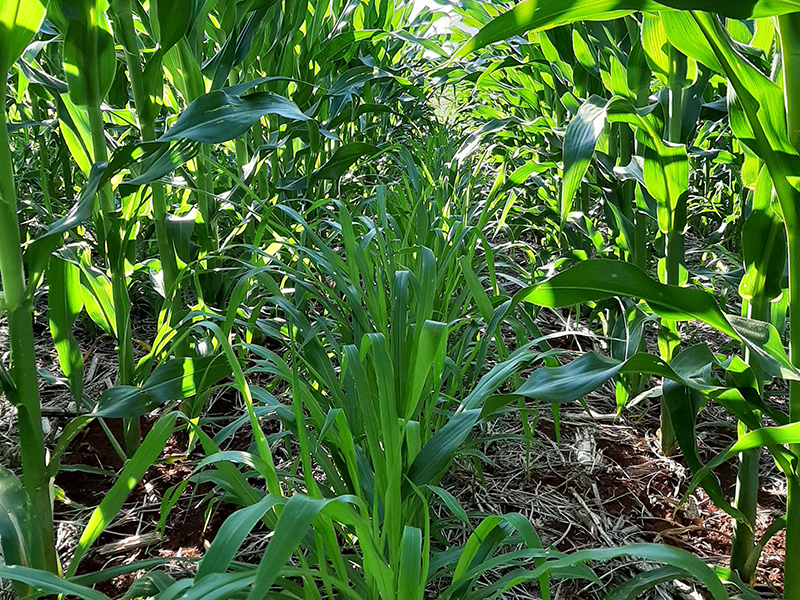
The old adage “variety is the spice of life” can also be true on the farm. Planting the same crop over and over, year after year, can quickly deplete the soil of valuable nutrients. The crops eventually won’t produce as much, and the farmer will lose profits.

Farmers around the world are keen to protect their most important asset: their soil. The soil supports and enriches their crops. But the relatively thin layer of topsoil can readily wash away into streams, carrying unwanted nutrients with it.
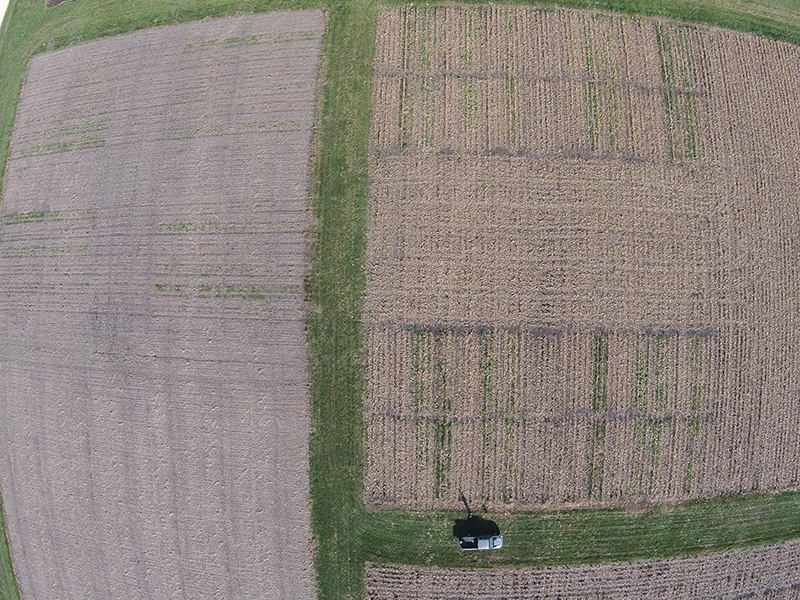

Rice is the most consumed staple food in the world. It is especially common in Asia, where hunger concerns are prevalent.

Rice is classified as an annual plant, which means it completes its life cycle within one growing season then dies. However, in some tropical areas, rice can continue to grow year after year when taken care of properly.
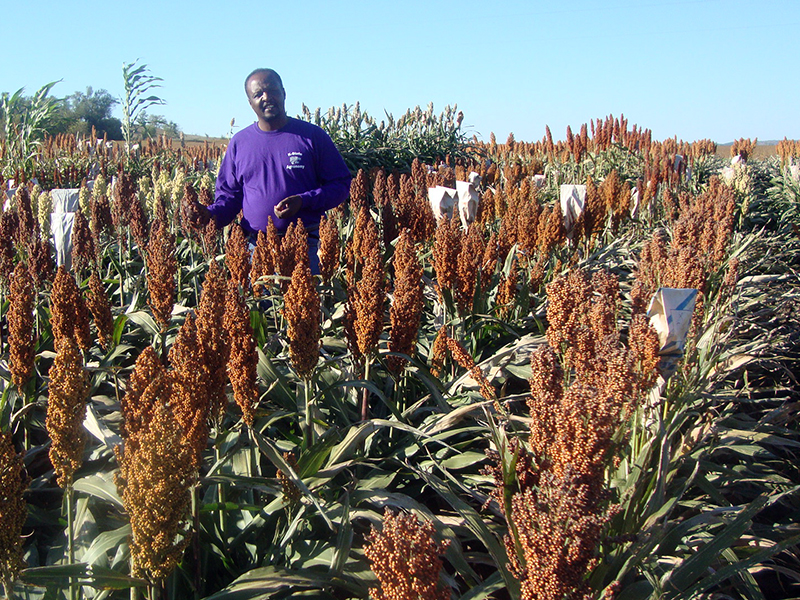
Sorghum, a common food item in regions of Africa and Asia, has one missing puzzle piece. The missing piece? Protein digestibility, which researchers in the Department of Agronomy at Kansas State University are trying to find.

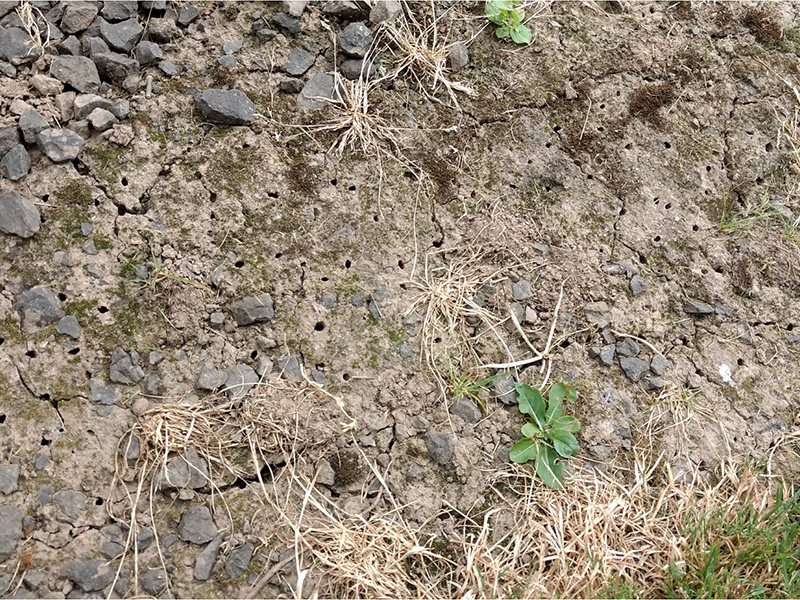
Many living creatures live in soil. Though their sizes range from microscopic soil microbes to larger animals like gopher turtles, they all call soil their “home.” Included in these ground-dwelling species are bees – vital in the pollination cycle of about 90% of plant life.

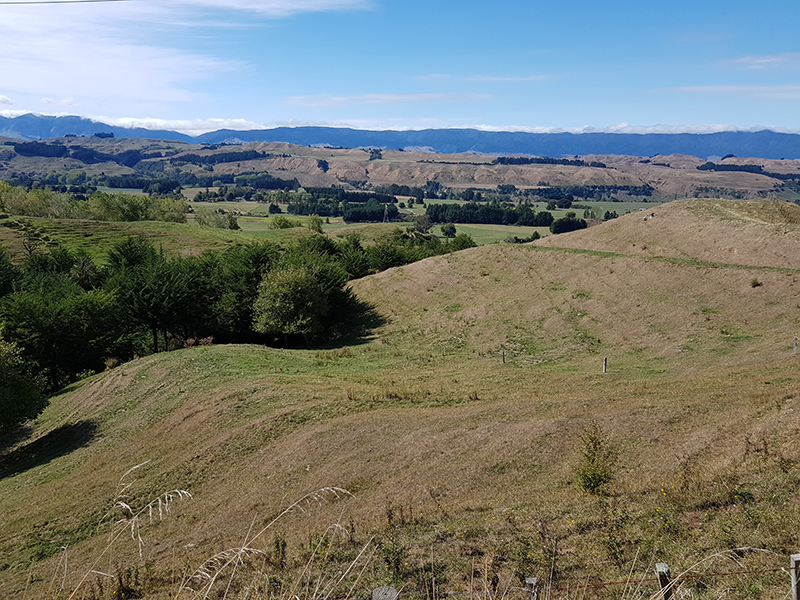
For most of us, our closest encounter with the element fluorine is likely to be our toothpaste or a municipal water supply with added fluoride.

But excess fluorine can be a problem. For example, high levels of fluorine in the soil can hurt plants. Fluorine in soils may also affect microbes and other organisms higher along the food chain.
